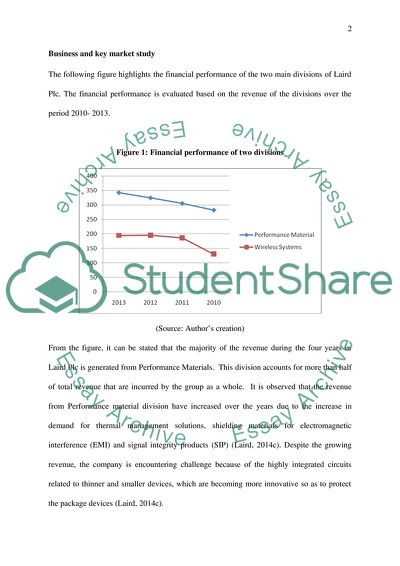Cite this document
(“Laird Plc a Public Owned British Multinational Company Essay”, n.d.)
Laird Plc a Public Owned British Multinational Company Essay. Retrieved from https://studentshare.org/finance-accounting/1665081-please-give-me-a-topiclaird-plc-021
Laird Plc a Public Owned British Multinational Company Essay. Retrieved from https://studentshare.org/finance-accounting/1665081-please-give-me-a-topiclaird-plc-021
(Laird Plc a Public Owned British Multinational Company Essay)
Laird Plc a Public Owned British Multinational Company Essay. https://studentshare.org/finance-accounting/1665081-please-give-me-a-topiclaird-plc-021.
Laird Plc a Public Owned British Multinational Company Essay. https://studentshare.org/finance-accounting/1665081-please-give-me-a-topiclaird-plc-021.
“Laird Plc a Public Owned British Multinational Company Essay”, n.d. https://studentshare.org/finance-accounting/1665081-please-give-me-a-topiclaird-plc-021.


